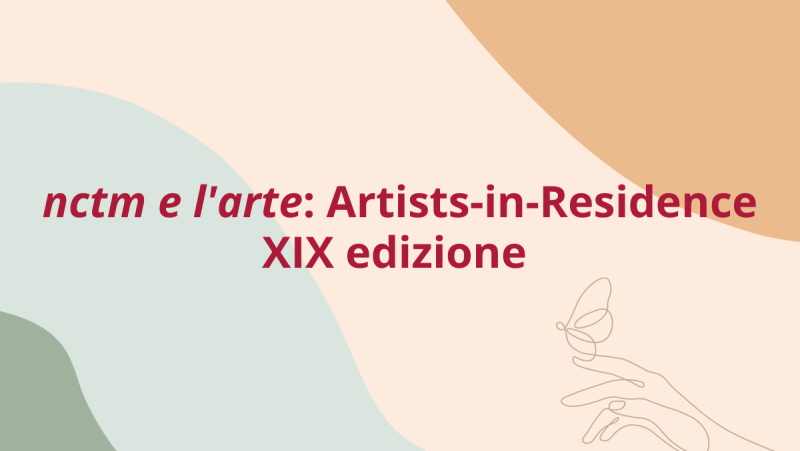The evaluation committee of nctm e l’arte: Artists-in-Residence met on 22 June 2022 and identified Camilla Alberti and collettivo damp as winners of the XIV edition’s scholarship. Said decision was endorsed by the Art Comittee of ADVANT Nctm.
The evaluation committee includes Gabi Scardi, the artistic director of nctm e l’arte, as a permanent member, and, from time to time, some of the foremost contemporary art critics of the Italian art landscape, in addition to one or more artists who won previous editions of the scholarship.
In the context of the XIV edition of the nctm e l’arte: Artists-in-Residence call for application, the candidate projects were evaluated, inter alia, by curator Lisa Parola and by artists Francesco Bertocco and Simona Da Pozzo, winners of the XIII edition of the scholarship.
The XIV-edition scholarship of nctm e l’arte: Artists-in-Residence was awarded to the following artists:
Camilla Alberti (Rho, 1994) a scholarship for residency at La Wayaka Current – Desert 23°S (Atacama Desert, Chile).
The choice fell on said artist because, in the opinion of the evaluation committee, residency in a highly marked context such as the Atacama Desert can contribute to a new expression of her work, which is already convincing in itself. Camilla Alberti’s work is marked by the heterogeneity of the media used and the interesting implications of her research on “monsters”, hybrid creations evoking an interspecies union and a relationship between nature and culture. Alberti’s work appears to be aligned with typically contemporary modes, though is marked by a striking, edgy style.
collettivo damp (Alessandro Armento, Luisa de Donato, Viviana Marchiò, Adriano Ponte) a scholarship for residency at Fabra i Coats-Fabrica de Creaciò Barcelona (Barcelona, Spain).
The group’s mapping work relating to the urban stratum, i.e. the geological and anthropological history of the city, appears convincing in its artistic outcome.
Particularly appreciable are the methodology presented, the complexity of research, the idea of dissolution and organicity and the comparison between practices of different collectives and cities (Naples and Barcelona).
An anti-rhetorical approach is also noticeable, albeit in a critically-structured context. The outcome of the processes put in place by collettivo damp emerges clearly in the formalisation of the work.
Full press release here.

